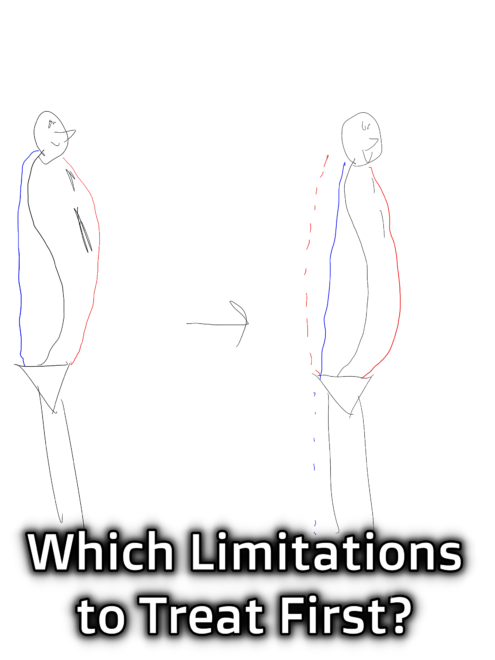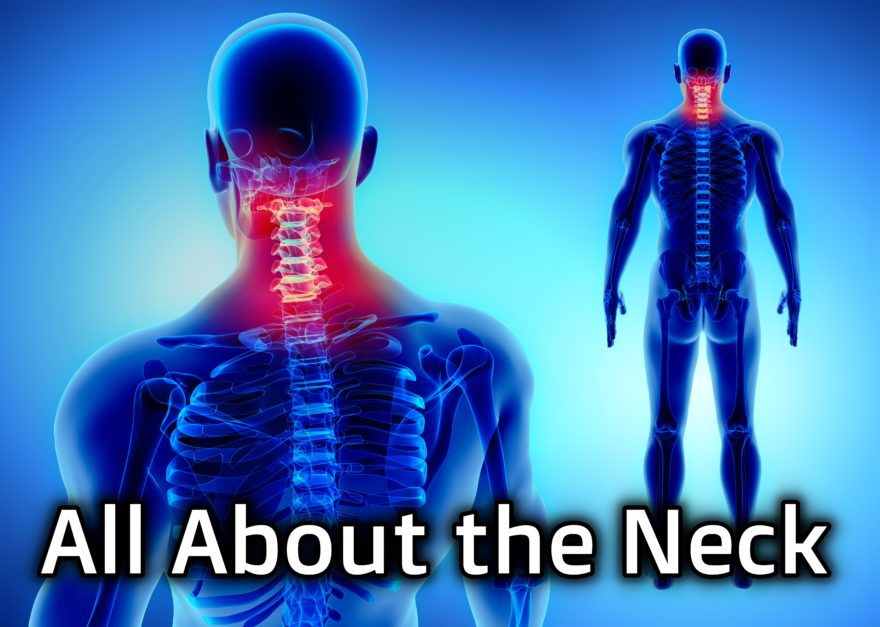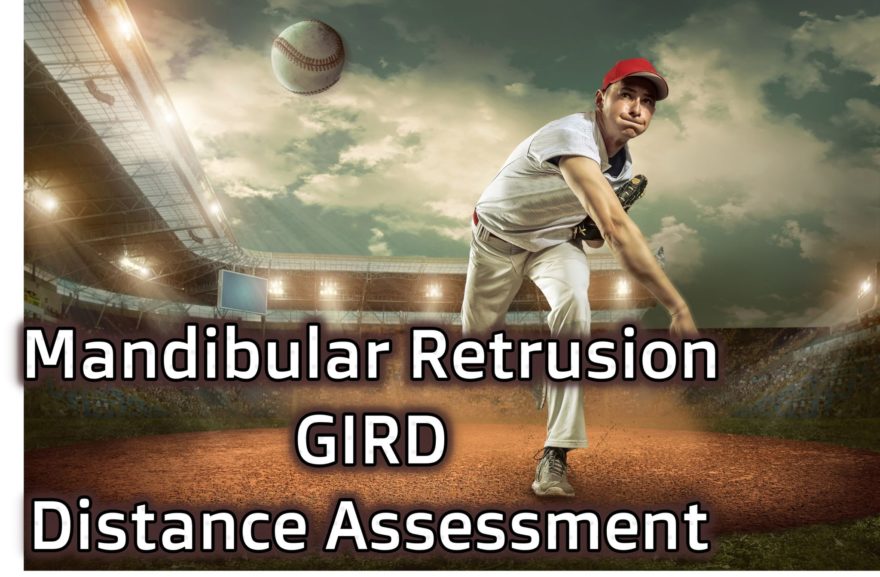Tag: mandible

Which Limitations to Treat First?
So you have all these limitations you’ve found. You may inevitably ask yourself: Uhh…where do I start, fam!?!? This post…

All About the Neck
A comprehensive look at cervical biomechanics and exercise The Wu-Tang clan once said “Protect Ya Neck,” but how in the…

Mandibular Retrusion, GIRD, and Distance Assessment – Movement Debrief Episode 85
Movement Debrief Episode 85 is in the books. Below is a copy of the video for your viewing pleasure, and…
Course Notes: The Last Craniocervical Mandibular Restoration Evahhhhh
You’d Think I’d Learn it the First Time Around You’d think, but CCM is one of the hardest PRI courses…
Treatment at the Hruska Clinic – Initial Evaluation
For part 2, click here. For part 3, click here. “Do you produce enough saliva?” That was the first interview…
